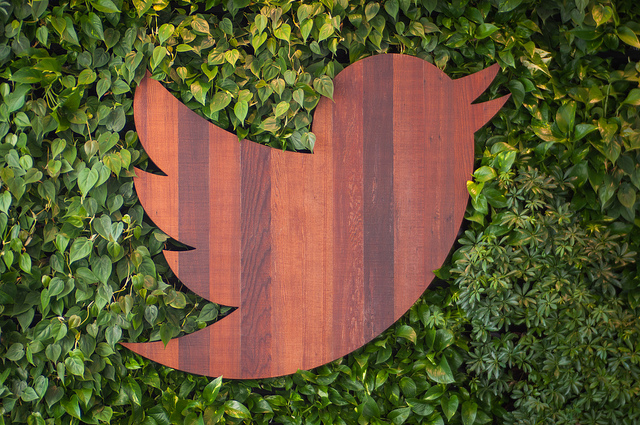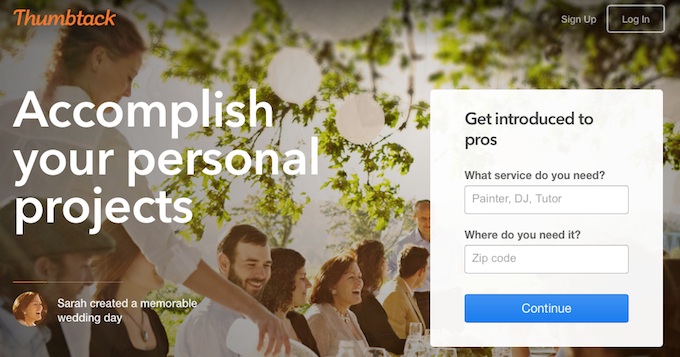
Opera may have taken some of the wind out of the Nokia brand with the news that its browser will be replacing Nokia’s on the now-Microsoft-owned, winding down, feature handset business. But today the Finnish company that has remained after the Microsoft handset sale had some interesting news of its own: it’s tying up with Samsung for two new versions of its Here mapping product, a free Android version coming first to Samsung’s Galaxy line of devices, and a Tizen version for Samsung’s Tizen-powered smart devices, specifically the Gear smartwatch.
Nokia says that Here app will be available on Samsung Galaxy devices exclusively. We have asked the company when it plans to make it available to other Android handsets and will update this as we learn more. (Update: there will be availability elsewhere, but no timeline when. “HERE for Android is part of our partnership with Samsung, but we aim to make HERE available to as many people as possible,” a Here spokesperson tells me, adding that it will be sometime “later this year.” Another spokesperson tells us that Here for Samsung Galaxy smartphones will be rolled out at the same time that the Gear S starts to retail — further strengthening the link between the two pieces of news and the functionality.
The new apps are coming at a key time for Samsung, which is trying more and more to differentiate itself from the rest of the Android pack — the world’s most popular mobile platform, but also the most widely-used by a variety of OEMs alongside Samsung — and create services that are unique to its devices alone.
Samsung is currently the world’s most popular maker of Android-based smartphones and other devices, but it has a lot of competition coming after it, from established competitors like LG to those like Xiaomi from China cleaning up in its home market and very clearly looking at growing more. At the same time, it’s looking for ways of driving more interest in its new wearable device — hence tying the functionality together to incentivize consumers to stay within the Samsung ecosystem.
Mapping has been one of the “killer apps” of the new age of mobile, with location-based services helping our always-on, always-present devices becoming companions for our everyday lives and the things we like and need to do, taking things like smartphones beyond basic functions like making voice calls and sending texts to others.
For Here, the interesting thing is that the Samsung apps are the result of a licensing deal between the two companies — meaning that Here will have received some form of payment as part of it. That’s important for a company that only recently, after losing a lot of money for years, been just about breaking even — or reporting a slight loss, depending on whether you count its non-IFRS or IFRS-reported numbers. Even though maps may be a core part of our mobile usage these days, that hasn’t always translated into them being a strong revenue generator.
The Android app will work much like it does on Windows Phone and iOS devices — users will be able to access maps for some 200 countries, see turn-by-turn navigation, search for businesses and other places of interest, and access the maps using GPS when there is no network connectivity available.
The Tizen Gear app, meanwhile, will mean that users of the Galaxy smartphones will be able to sync up their maps between their devices. The idea here is that for some situations mapping will be easier to plan on one device, but to use on the other. The apps will also integrate with in-car systems and integrate with mapping apps that run across all three, such as location-sharing app Glympse.















